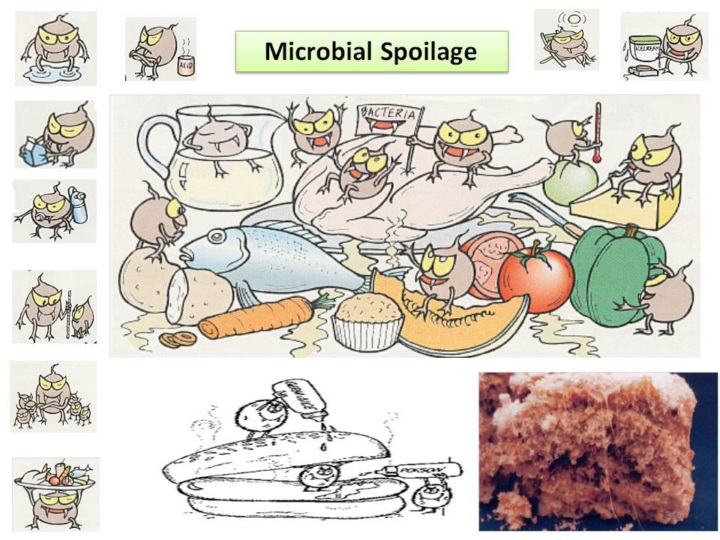| front |1 |2 |3 |4 |5 |6 |7 |8 |9 |10 |11 |12 |13 |14 |15 |16 |17 |18 |19 |20 |21 |22 |23 |24 |25 |26 |27 |28 |29 |30 |31 |32 |33 |34 |35 |36 |37 |38 |39 |40 |41 |42 |43 |44 |45 |46 |47 |48 |49 |50 |51 |52 |53 |54 |55 |56 |57 |58 |59 |60 |61 |review |
 |
Foods and microorganisms have long and interesting associations which developed long before the beginning of recorded history. Foods are not only nutritious to consumers, but are also excellent source of nutrients for microbial growth. Depending upon the microorganisms present, foods may spoil or preserved by fermentation. Microorganisms can be used to transform raw foods into fermented delights, including yoghurt, cheese, sausages, tempeh, pickles, wine, beers and other alcoholic products. On the other hand, foods also can act as a reservoir for disease transmission, and thus detection and control of pathogens and spoilage organisms are important areas of food microbiology. During the entire sequence of food handling from the producer to the final consumer, microorganisms can affect food quality and human health. |